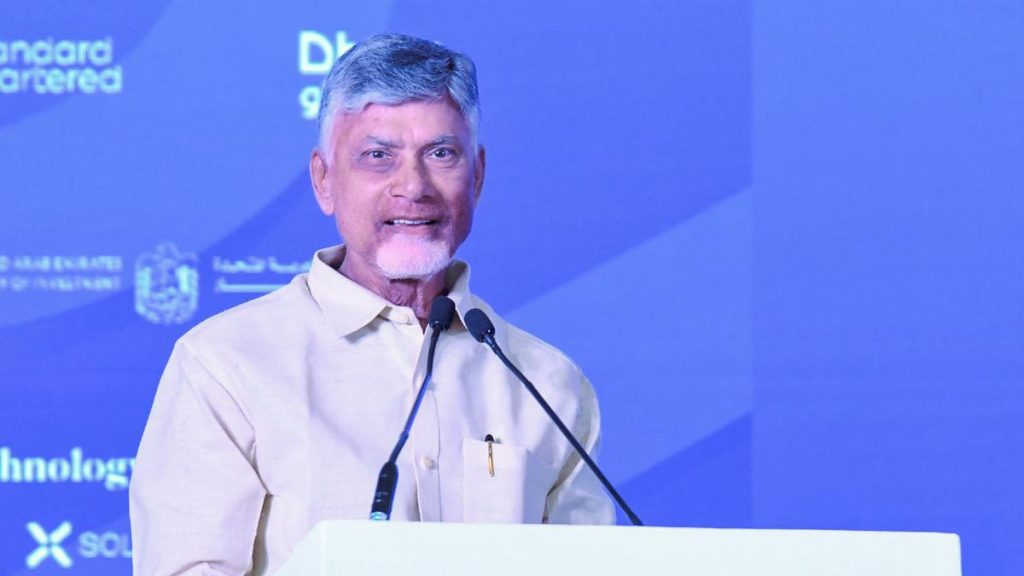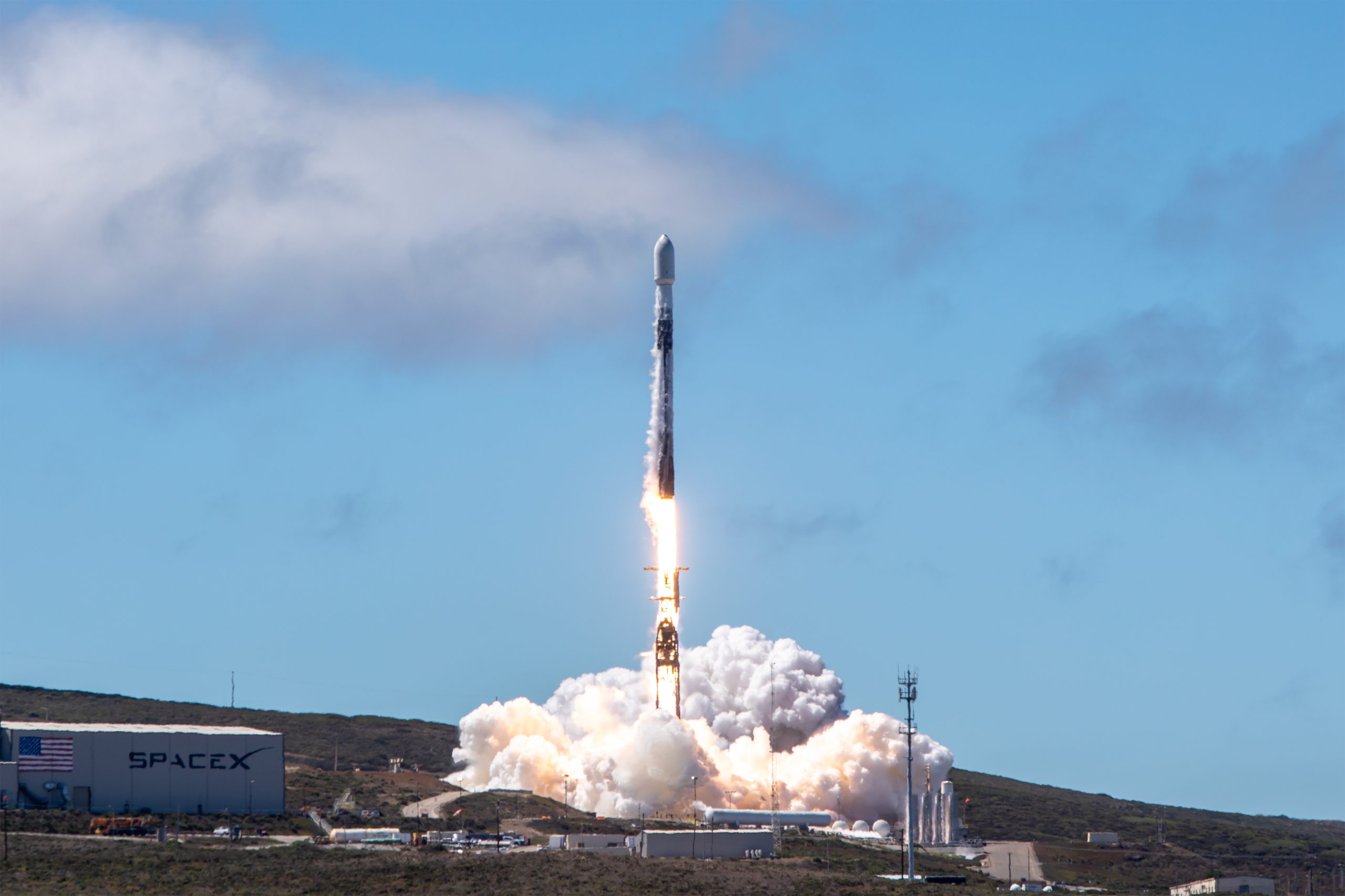Now Reading: NASA Prepares for Launch of Earth-Monitoring NISAR Satellite
-
01
NASA Prepares for Launch of Earth-Monitoring NISAR Satellite
NASA Prepares for Launch of Earth-Monitoring NISAR Satellite
Rapid Summary
- NASA will provide live coverage of the launch of the NASA-ISRO Synthetic Aperture Radar (NISAR) satellite,scheduled for Wednesday,July 30,at 8:10 a.m. EDT (5:40 p.m. IST) from Satish Dhawan Space Center in India.
- NISAR is a collaborative project between NASA and ISRO to scan EarthS land and ice surfaces every 12 days using radar technology.
- The satellite hosts two radar instruments: an S-band system by ISRO and an L-band system by NASA for high-resolution monitoring.
- NISAR aims to assist in tracking infrastructure, agricultural fields, land movements, and ice surface changes wiht applications in disaster response such as hurricanes and floods.
- The mission represents a pivotal point in U.S.-India space collaboration enhanced during discussions between former President Trump and Prime Minister Modi.
- launch activities include live briefings on platforms like YouTube’s JPL channel and also opportunities to engage via social media using #AskNISAR.
Launch Schedule Highlights:
- july 28: Prelaunch teleconference opens registration for media questions.
- July 30: Livestream begins at 7 a.m. EDT covering launch events managed from NASA’s Jet Propulsion Laboratory.
Additional Resources:
- Mission details can be explored through NISAR press kits, videos, animations, or blogs available on official channels like NASA+, NASA science, or affiliated social media accounts.
Indian Opinion Analysis
The upcoming NISAR satellite launch marks a notable milestone in international collaboration between India’s ISRO and the U.S.’s NASA-a testament to technological partnership aimed at addressing global challenges like disaster management and enduring agriculture practices through advanced Earth observation capabilities.
For India specifically, it reinforces its standing in global space endeavours while harnessing cutting-edge technologies like synthetic aperture radar for national priorities such as monitoring farmlands or mitigating climate-related risks-critical factors aligning with India’s developmental goals.
Additionally, this partnership speaks volumes about geopolitical soft power fostered by scientific cooperation between nations amidst evolving global dynamics. With increasing applications spanning local communities worldwide to macro-level policymaking domains across continents-including economic impacts-the benefits position both countries as front-runners progressing toward shared objectives leveraging space innovations.

























